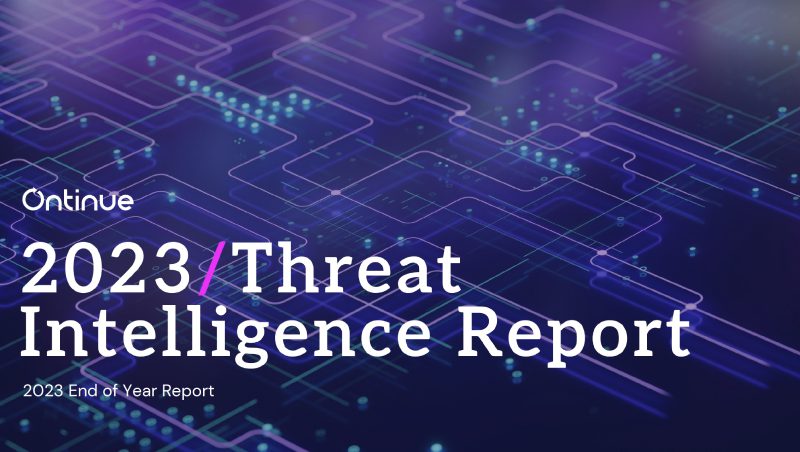Navigating the New Era of Cybersecurity: Understanding and Combating Adversary-in-the-Middle Phishing Attacks
Last year, the cybersecurity landscape witnessed a significant shift with the emergence of Adversary-in-the-Middle (AiTM) phishing attacks. These sophisticated threats represent a new frontier in cybercrime, leveraging real-time communications to bypass multifactor authentication (MFA) and presenting a formidable challenge to traditional security measures.
What are AiTM Phishing Attacks?
AiTM phishing attacks are a form of cyberattack where criminals interpose themselves between the user and legitimate online services. The attack typically begins with a phishing email, which directs the victim to a fake login page meticulously designed to replicate well-known platforms. Once the user attempts to log in, the attacker uses a proxy to intercept and manipulate sensitive data, such as session cookies. This allows the attacker to gain unauthorized access to user accounts despite the presence of MFA.
The Mechanics of AiTM Attacks
The sophistication of AiTM attacks lies in their ability to operate in real-time. By intercepting session cookies, attackers can effectively hijack a user’s session, bypassing even robust security measures like MFA. This level of deception and technical prowess makes AiTM attacks particularly dangerous, as they exploit the trust users place in familiar interfaces and security protocols.
Protecting Against AiTM Phishing Attacks
1. Education and Awareness
Elevating user understanding through comprehensive education and awareness initiatives is crucial. By educating users on recognizing phishing attempts and the tactics employed by cybercriminals, individuals can better protect themselves. Awareness reduces susceptibility to these attacks and empowers users to act cautiously when interacting with potential phishing emails or suspicious login pages.
2. Advanced Detection Systems
Deploying sophisticated detection systems is essential for identifying irregular login activities or patterns indicative of AiTM attempts. These systems should monitor for logins from new devices, unusual locations, or other anomalies that may signal a security breach. Early detection allows for prompt response, mitigating the potential damage of an attack.
3. Enhanced Multifactor Authentication
Strengthening MFA with advanced technologies like biometric verification or physical security keys can significantly enhance resistance to interception. Unlike traditional MFA methods, these advanced techniques offer additional layers of security that are harder for attackers to bypass.
4. Vigilant Monitoring and Immediate Response
Implementing vigilant monitoring for abnormal behaviors that may indicate a security breach is vital. Continuous monitoring ensures that any signs of unauthorized access are quickly identified, allowing for immediate action to be taken. This proactive approach helps to curtail the impact of AiTM attacks and protect user accounts.
As AiTM phishing attacks continue to evolve, a multifaceted defense strategy is essential. Combining user education, advanced detection systems, robust MFA, and vigilant monitoring forms a comprehensive defense against these sophisticated cyber threats. By staying informed and proactive, individuals and organizations can safeguard their digital assets and maintain user trust in an increasingly complex cybersecurity landscape.
Read our full End of Year 2023 Threat Intelligence report from our Advanced Threat Operations team.
Stay tuned for our 1H 2024 Threat Intelligence Report coming soon!

 Balazs Greksza
Balazs Greksza Domenico de Vitto
Domenico de Vitto Rhys Downing
Rhys Downing Manupriya Sharma
Manupriya Sharma

